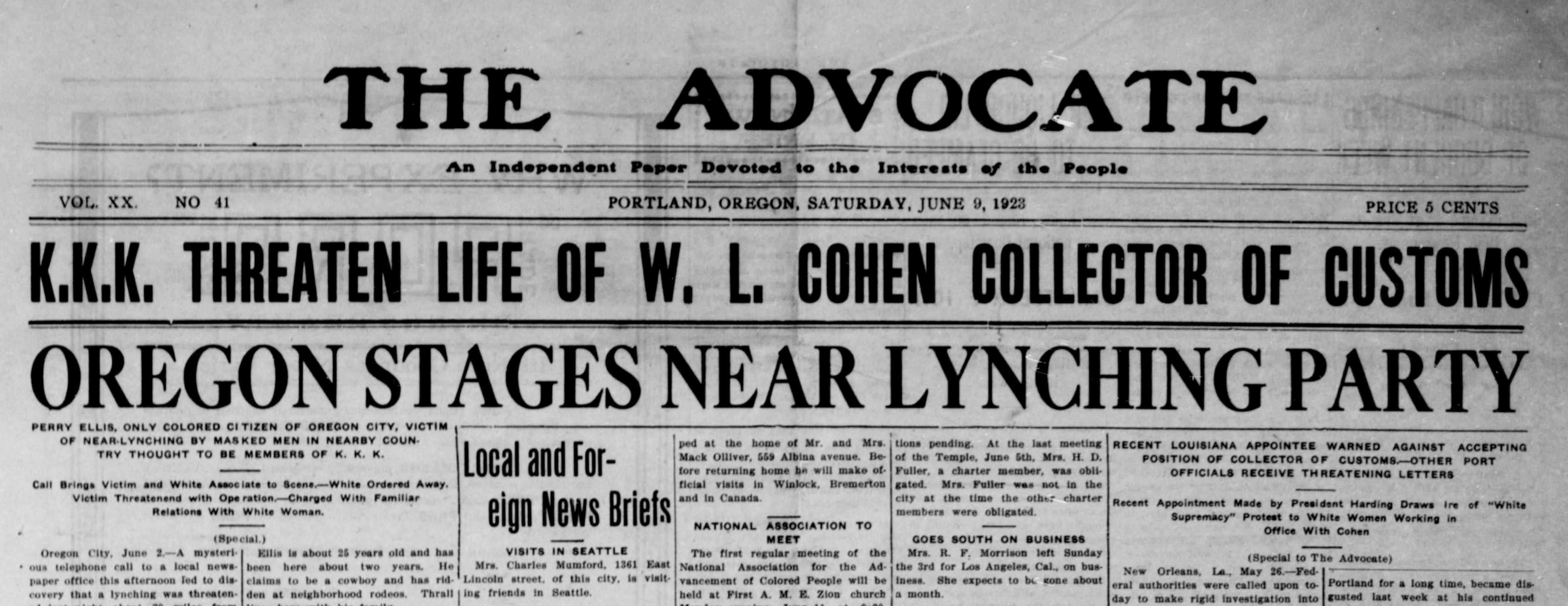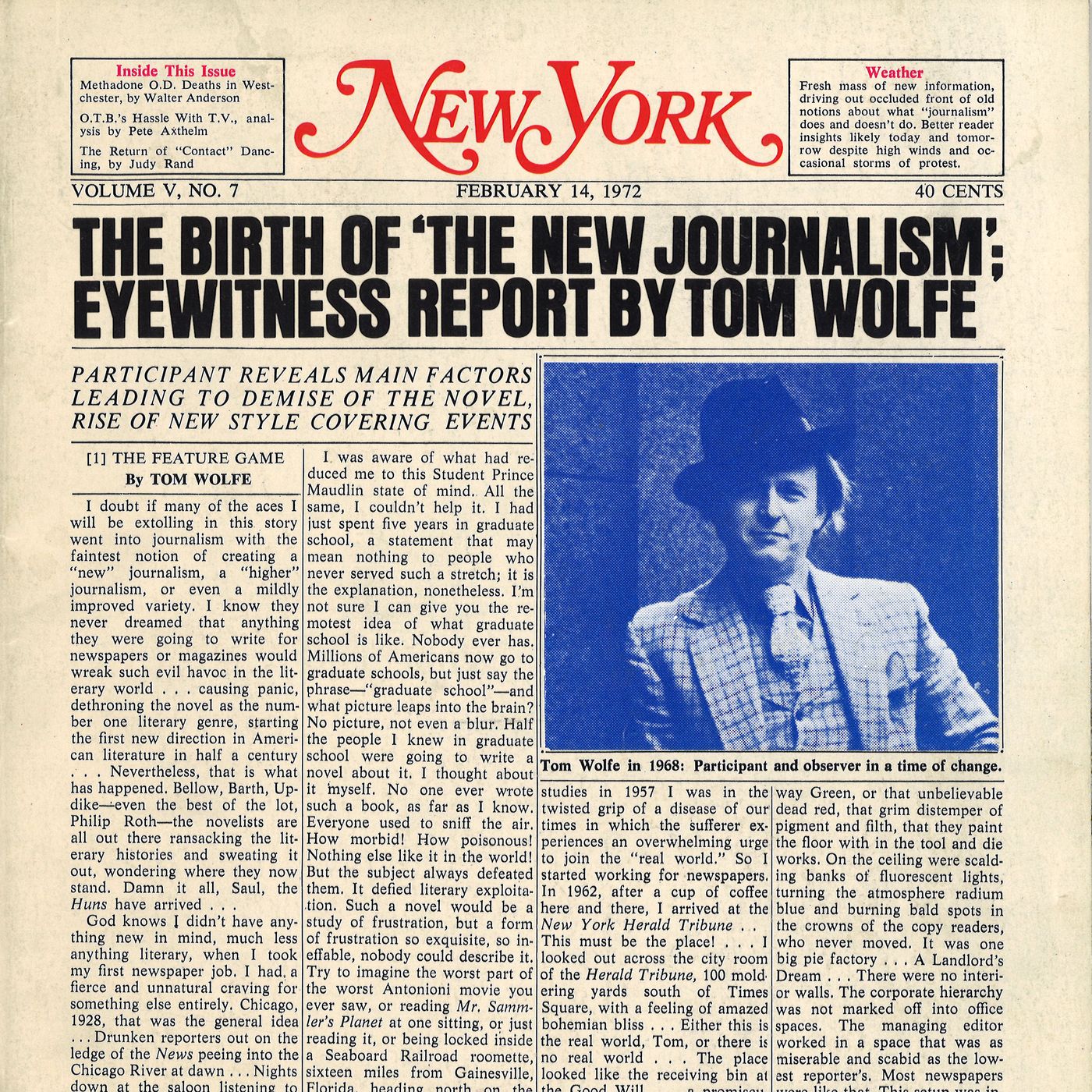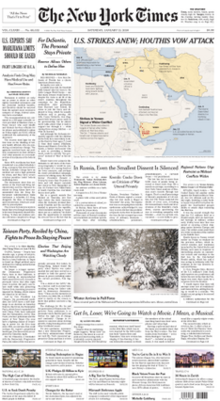Getting My News Articles To Work
Getting My News Articles To Work
Blog Article
A Biased View of News Articles
Table of ContentsNews Articles for BeginnersNews Articles - The FactsLittle Known Questions About News Articles.The Best Strategy To Use For News ArticlesIndicators on News Articles You Need To Know
Excellent expertise of different topics offers trainees an one-upmanship over their peers. Although digital and social networks are readily accessible, we should not forget how essential it is to read the newspapers. Parents should try and inculcate the behavior of checking out a paper as an everyday routine to proceed the heritage of the revered print tool.Information stories also contain a minimum of among the adhering to essential attributes relative to the desired audience: closeness, importance, timeliness, human interest, quirk, or effect. The related term journalese is occasionally used, normally pejoratively, to describe news-style writing. An additional is headlinese. Newspapers usually comply with an expository writing design.
Within these limits, news stories additionally aim to be comprehensive. Among the bigger and a lot more revered newspapers, justness and equilibrium is a major aspect in offering details.
Newspapers with an international audience, for instance, have a tendency to utilize a much more official design of writing. News Articles.; usual design guides include the and the US News Style Book.
Some Known Questions About News Articles.
As a guideline, journalists will certainly not make use of a lengthy word when a short one will do. They use subject-verb-object building and brilliant, energetic prose (see Grammar). They supply anecdotes, examples and metaphors, and they seldom depend upon generalizations or abstract concepts. Information authors try to stay clear of utilizing the very same word more than once in a paragraph (often called an "resemble" or "word mirror").
Headlines often leave out the subject (e.g., "Jumps From Watercraft, Catches in Wheel") or verb (e.g., "Pet cat lady lucky"). A subhead (additionally subhed, sub-headline, subheading, caption, deck or dek) can be either a subordinate title under the main headline, or the heading of a subsection of the short article. It is a heading that comes before the primary text, or a team of paragraphs of the major message.

of a post topic, informant, or interviewee), it is described as a pulled quote or pull quote. Added signboards of any of these kinds may appear later on in the article (specifically on succeeding pages) to attract additional analysis. Journalistic websites often use animation methods to switch one like it billboard for another (e.g.
The Single Strategy To Use For News Articles
Such billboards are additionally made use of as reminders to the post in other areas of the magazine or site, or as advertisements for the piece in various other publication or websites. Press launch of the Swiss government. Common structure with title, lead paragraph (recap in bold), various other paragraphs (information) and contact information.

Example of a hard-lead paragraph NASA is proposing another room task. The spending plan requests roughly $10 billion for the job.
An "off-lead" is the 2nd most crucial front page news of the day. To "hide the lead" is to start the post with background details or information of additional importance to the visitors, forcing them to check out more deeply right into a post than they ought to have to in order to uncover the crucial factors.
The News Articles Diaries
Common usage is that or two sentences each create their own paragraph. Journalists generally describe the organization or framework of an information story as an upside down pyramid. The necessary and most fascinating components of a story are placed at the beginning, with supporting information adhering to in order of decreasing significance.
It allows individuals to explore a topic to only the deepness that their curiosity takes them, and without the imposition of information or subtleties that they can take into consideration unimportant, yet still making that details available to a lot more interested visitors. The upside down pyramid structure likewise allows write-ups to be trimmed to any arbitrary length during design, to suit the room readily available.
Some writers begin their tales with the "1-2-3 lead", yet there are numerous kinds of lead offered. A kicker can refer to multiple points: The last tale in the information program; a "satisfied" tale to finish the program.
Longer articles, such as publication cover write-ups and the items that lead the inside areas of a newspaper, are reference referred to as. Feature tales differ from straight information in numerous ways. Foremost is the lack of a straight-news lead, the majority of the time. Instead of providing the essence of a tale up front, function writers may try to draw viewers in.
A Biased View of News Articles
A function's very first paragraphs usually associate a fascinating moment or occasion, as in an "anecdotal lead". From the details of a person or episode, its sight quickly broadens to generalities concerning the story's topic.

The Editor's Tool kit: A Referral Overview for Beginners and Professionals (2001) Allan M. Siegal and William G. Connolly. The New York City Times Manual of Style and Usage: The Official Style Guide Utilized by the Writers and Editors of the World's Most Reliable Newspaper (2002) M. L. Stein, Susan Paterno, and R.
Report this page